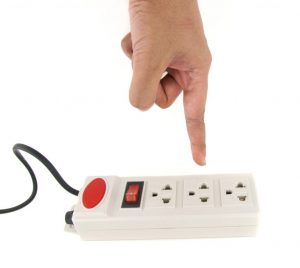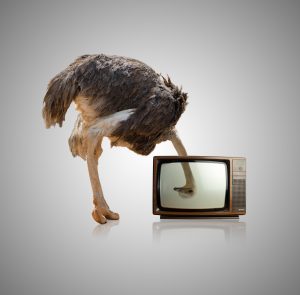For items like computers or printers, one rule of thumb applies: If you’re not using it, turn it off. Make “switch it off when done” a standard household habit for all lights and devices, including computers, game consoles and TVs.
If you don’t have a power strip, you should always unplug charging devices for all electronics because they continue to pull power even if the electronic device is disconnected.

Enable the sleep mode on your computer and configure your computer to hibernate automatically after 30 minutes of inactivity. A typical computer and monitor system left on 24/7 can waste $40 a year in electricity. Screensavers actually increase your computer’s energy consumption by making it work harder.

Use a power strip if possible so that you can easily switch off multiple devices at once when you’re not using them. “Standby” or “always on vampire power” feeding perpetually plugged-in electronics and appliances is an unnecessary waste of energy that is easily prevented.

The power consumption of computer or TV displays vary significantly based on the display technology used, the manufacturer and build quality, the size of the screen, what the display is showing (static versus moving images), the brightness of the screen and whether or not power saving settings are activated.

